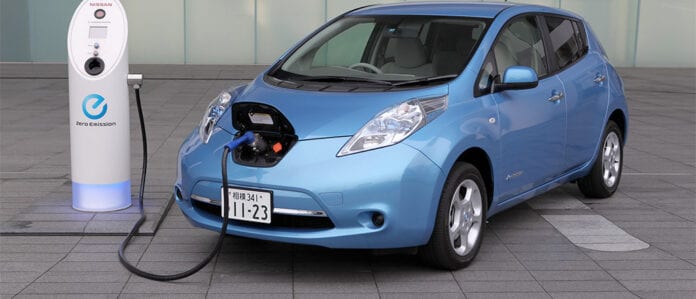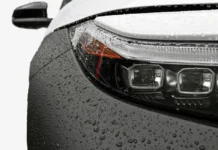The IDTechEx report “Charging Infrastructure for Electric Vehicles and Fleets 2021-2031” finds that the total number of electric vehicle charging outlets surpassed 1 million in 2020, with both China and Europe at or below the optimum 10 electric vehicles per charging outlet. The US is lagging at ~17 electric vehicles per outlet, but with a cool $174 billion earmarked by the Biden administration for electric vehicle and charging infrastructure market development, the tide is turning. Is all charging created equal? No. Considering only power delivery, there are three ‘levels’ of electric vehicle charger.
Caption: Accumulated public charging outlets (thousands). Data sources: EVCIPA, EAFO, AFDC, IDTechEx
Level 1 Chargers
Level 1 chargers plug into ordinary electrical outlets and typically supply AC power in the 1 – 3kW range; it would take a 40kWh battery over 13 hours to fully charge with a 3kW level 1 charger. Therefore, level 1 chargers are primarily intended for a slow charge overnight, or as something to keep in the trunk for emergencies.
Level 2 Chargers
In contrast, level 2 chargers are AC chargers capable of powers between 3kW – 22kW; they are typically wall or ground mounted and do not plug into ordinary electrical outlets. Level 1 and level 2 chargers can both be purchased for < $1000 each, with level 2 chargers carrying additional installation costs. Due to their low cost and higher charging rates than level 1, level 2 chargers are currently the most popular type of public charger.
In the ideal scenario, it would take a 40kWh battery over 1.8 hours to charge with a 22kW level 2 charger. However, the problem with level 1 and level 2 chargers is the AC power delivery, which requires conversion to DC before it can charge a battery. This is the function of a vehicle’s ‘onboard charger’: an onboard AC – DC converter (AKA a rectifier). Today, most new electric car models contain 7 – 11kW onboard chargers, with luxury models typically ranging from 15 – 22kW. The issue is that the onboard charger is a bottleneck: a BMW i3 plugged into a 22kW AC charger will only charge at 11kW, because this is the capacity of its onboard charger.
Level 3 ‘DC Fast Chargers’
This is where a level 3, or ‘DC fast charger’, comes in. DC fast chargers contain an integrated rectifier that can bypass the onboard charger, allowing much greater power rates between 50kW to potentially 400kW. But what exactly is the ‘next level’? Or, in other words, the ‘right’ level for a DC fast charger?
Due to integrated rectifiers and greater installation costs, DC fast chargers cost an order of magnitude higher than AC chargers, typically between $50,000 – $100,000. But, as rated powers increase to hundreds of kW, this can span into the hundreds of thousands of dollars, creating a law of diminishing returns between time savings (or ‘convenience’) to the vehicle owner and the upfront cost of the DC fast charger. The sweet spot is 100kW – 150kW; at this level, a 40kWh battery will charge in over 20 mins – much more coffee-breakable. Any faster, and the costs of the charger and associated installation and electrical infrastructure upgrades increase greatly while saving the vehicle owner several minutes of charging time; any slower and you might need to buy two coffees.
Source: IDTechEx
For more information, IDTechEx’s report “Charging Infrastructure for Electric Vehicles and Fleets 2021-2031” provides the market share of AC and DC chargers over the coming decade as well as an in-depth analysis of the charging infrastructure demand in the major regions – China, Europe (UK, Netherlands, France, Germany, Norway, Denmark, Rest of Europe) and the US. For more information on this report, please visit www.IDTechEx.com/EVCharge.
This research forms part of the broader electric vehicle and energy storage portfolio from IDTechEx, who track the adoption of electric vehicles, battery trends, and demand across land, sea and air, helping you navigate whatever may be ahead. Find out more at www.IDTechEx.com/Research/EV.
About IDTechEx
IDTechEx guides your strategic business decisions through its Research, Subscription and Consultancy products, helping you profit from emerging technologies. For more information, contact research@IDTechEx.com or visit www.IDTechEx.com.


| [donate]
| Help keep news FREE for our readersSupporting your local community newspaper/online news outlet is crucial now more than ever. If you believe in independent journalism,then consider making a valuable contribution by making a one-time or monthly donation. We operate in rural areas where providing unbiased news can be challenging. |




















